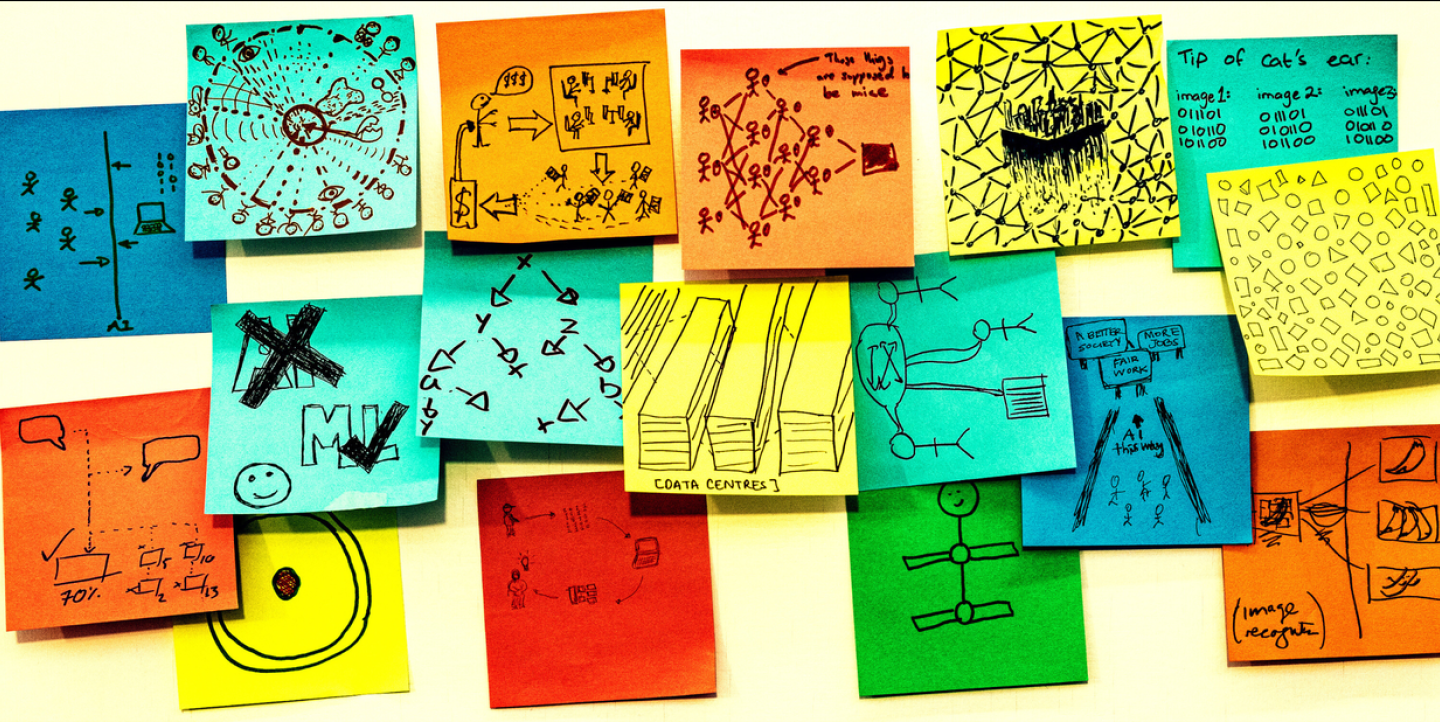Every week, an average of between two and three local newspapers in the U.S. shut down in 2023, researchers at Northwestern University’s Medill School of Journalism found.
The media closings left in their wake some 200 news deserts in the last year alone. More than half of all counties in the country today have limited access to reliable local information. As the situation deteriorates, the more it harms democracy.
The rapid emergence of AI, however, offers some hope for local media. It also presents a series of challenges and unknowns.
Here’s how local newsrooms and journalists are using AI to stay in business, and the potential fears that accompany integrating this new technology into their work:
Conserving resources
Reporter Dustin Dwyer and the outlet he works for, Michigan Radio, developed a free newsgathering tool called Minutes. Powered by AI, it monitors the activity of local governments, finds city council meeting videos posted online and generates transcripts of the meetings.
“It all started from a need I had for my reporting,” said Dustin Dwyer, a reporter at Michigan Radio. “I have 15 cities around me, their [city council] meetings might be two hours long. I cannot sit at every meeting and hope that something important will happen and need to be reported [on]. I needed a quicker way to find out what happens in these meetings.”
Minutes collects transcriptions in more than 100 communities across seven states in the U.S., which it stores in an online database. The tool can send journalists email alerts about available transcriptions related to keywords or topics of interest.
“It works very well." said Dwyer. Recently, Dwyer has been trying to get the platform to generate summaries so that reporters can spend less time reading transcripts and get story ideas. “We’ve certainly had stories from all of it. A few stories we [would] not be able to find in other ways.”
AI can save local media under great pressure, time and money, added Joy Jenkins, assistant professor of journalism studies at the Missouri School of Journalism: “I think AI can be a solution piece to the puzzle."
Connecting with audiences
AI can also help newsrooms identify how to make their content more relevant to their readers, and attract younger audiences.
One example of this is The Times and The Sunday Times’ “digital butler,” JAMES. Media can use JAMES to personalize the distribution of newsletters by learning from reader behaviors and preferences. By personalizing content, The Times and The Sunday Times was able to reduce the unsubscribe rate on their newsletters.
“It’s a big opportunity. AI can help [local newsrooms] reconnect or connect in some ways with communities,” said Jenkins. Ultimately, this could also help generate more advertising revenue.
AI has immense potential; new technologies already can help journalists rework articles for different audiences, adapt them to certain social platforms, carry out translations, transform reporting into audio or video versions, and much more.
Its promise, however, also raises questions about its use in journalism.
Between hopes and fears
In January 2023 the World Economic Forum assessed that AI’s negative consequences present one of the 10 most critical threats to humanity over the next decade.
“A lot of the discussion and concerns about AI are about [it being] unethical,” said Jenkins. “I think it’s just like every transformation that has happened in journalism. How is this different from the technology we have seen before? It's more a question about how we used it to our advantage.”
What worries many in media are the risks of disinformation that may be heightened by AI, and the possibility that the technology could replace human journalists in an industry already in crisis.
“The question of replacement always arises as long as we talk about task automation [...] but it is not certain that this will result in job losses,” said Vincent Berthier, head of Reporters Without Borders’ technology desk. Sports articles entirely generated by AI, and media that only share or rely on synthetic content – known as “ghost newsrooms” – help fuel these fears.
AI also raises questions about the veracity of information. To work, AI requires a significant amount of data, which can be difficult to find in smaller communities, and in turn affect the quality of generated results.
“What is always important for us is that journalists produce the information, regardless of the tools they use. What matters is that the information is reliable and certified by journalists [once it is made public],” said Berthier.
Copyrights are yet another issue that will need to be addressed. Will tech companies request permission or financially compensate publishers for using their content to train their models? For example, The New York Times recently filed a lawsuit against OpenAI and Microsoft on this point, arguing that generative AI is “a business model based on mass copyright infringement.”
These challenges and unknowns notwithstanding, AI can help local newsrooms today better stay afloat and enhance their reporting – if utilized well. “With the upcoming elections, AI could be used by local media to offer specific perspectives and angles to their local audiences and, ultimately, to reconnect with this classic democratic function of local information,” said Jenkins.
Image: Rick Payne and team / Better Images of AI / Ai is... Banner / CC-BY 4.0.


